Sea food forms the dominant part of the cuisine of the Andamanese.They are mostly non vegetarians depending on sea food. They also eat both red and white meat. Being hunters by origin, the people of the island hunt birds and wild animals and feast on them. Initially the use of fire was not known to them. Other tropicalfood common to this area are Mango, banana, orange, pineapple, guava which are some common fruits found in the markets. But however now Andaman becoming a major tourist destiny, the people are getting more used to the other foods like delicious Indian, Chinese and Continentalfood items.
.
. 
|
|
Clothing in Andaman and Nicobar islands has come up only recently. Till date there are many people from Andaman and Nicobar Islands who do not wear any clothes. This is generally due to their lack of involvement with the civilized world. The Sentinelese people still move naked and the semi civilized Shompens only use clothes below their waist line. It is only the people of the Car Nicobar Islands who have become much modernized. The Jarawas make beautiful items with shell and barks of tree to wear them as necklace, waist and arm bands.
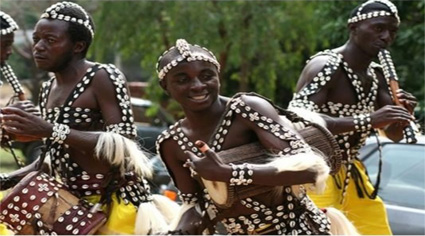
|
|
It is in Andaman group of islands that the music is more prominent and important. The Andamanese are highly fond of their own music, but do not care or pay attention to other styles; thus preserving the originality of their music. Even among the different tribes of Andaman, the rhythm and styles differ drastically. As for musical capabilities, Onge tribe seems to be the most complex and developed of all. They sing generally to accompany a dance. Both male and female participate in singing.
One can witness the Nicobari dance during the Ossuary Feast, which is more commonly known as the Pig Festival. his dance is a way of showing one's respect to the departed head of the family. It is generally performed during the full moon, under the swinging palm trees. The dancers wearing coconut leaves, sway to the rhythm of traditional songs sung by the leader.
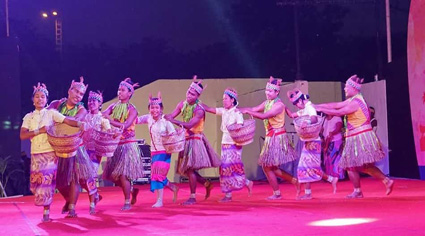
|
|
The Island Tourism Festival is celebrated every year from the month of December to January. It is a fortnight long festival. Water sports as the Nicobari Hodi race are organized. Other attractions are Magic show, Puppet show, Floating restaurant, Baby show and Dog show.
Many festivals are celebrated in Andaman and Nicobar Islands. The most common festivals are Janamashtami, Island Tourism Festival and Subhash Mela. The tribal people celebrate their own festivals to please their gods. The tribal culture and music are most famous in this island.
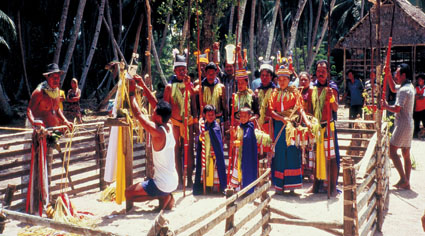
|
|
Nature have always been a strong influence on the social customs of the Andamanese. The Ossuary Feast is one of the most important festival celebrated by the people of Nicobar islands during which the family members pay homage to the departed soul of the family. This occasion is also accompanied by Nicobarese Folk Dance where all the members of the family take part and they dance in a circular formation. It is usually celebrated on a full moon day. The men and women extend their arms across each other's back with the hand resting on the next person's shoulder. On this occasion the dancers dress themselves with the traditional costume consisting of coconut and plantain leaves around their heads and waist. This festival is also highlighted by canoe racing and a pig fight. The Great Andamanese people appreciate rhythm and time but not pitch or tune.
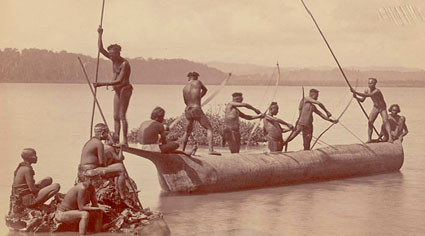
|
|
The people of Andaman and Nicobar islands are known for their arts and crafts. They excel in crafts related to shells, wood, cane and bamboo. Apart from this, mat making and basketry form a traditional part of their culture. Due to the fear of over exploitation of the Islands' naturalresources, trade ofsome products is now banned like mother-of-pearl jewellery, paduk.
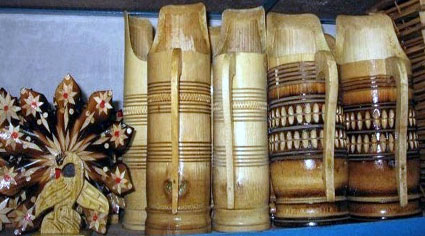
|
|







